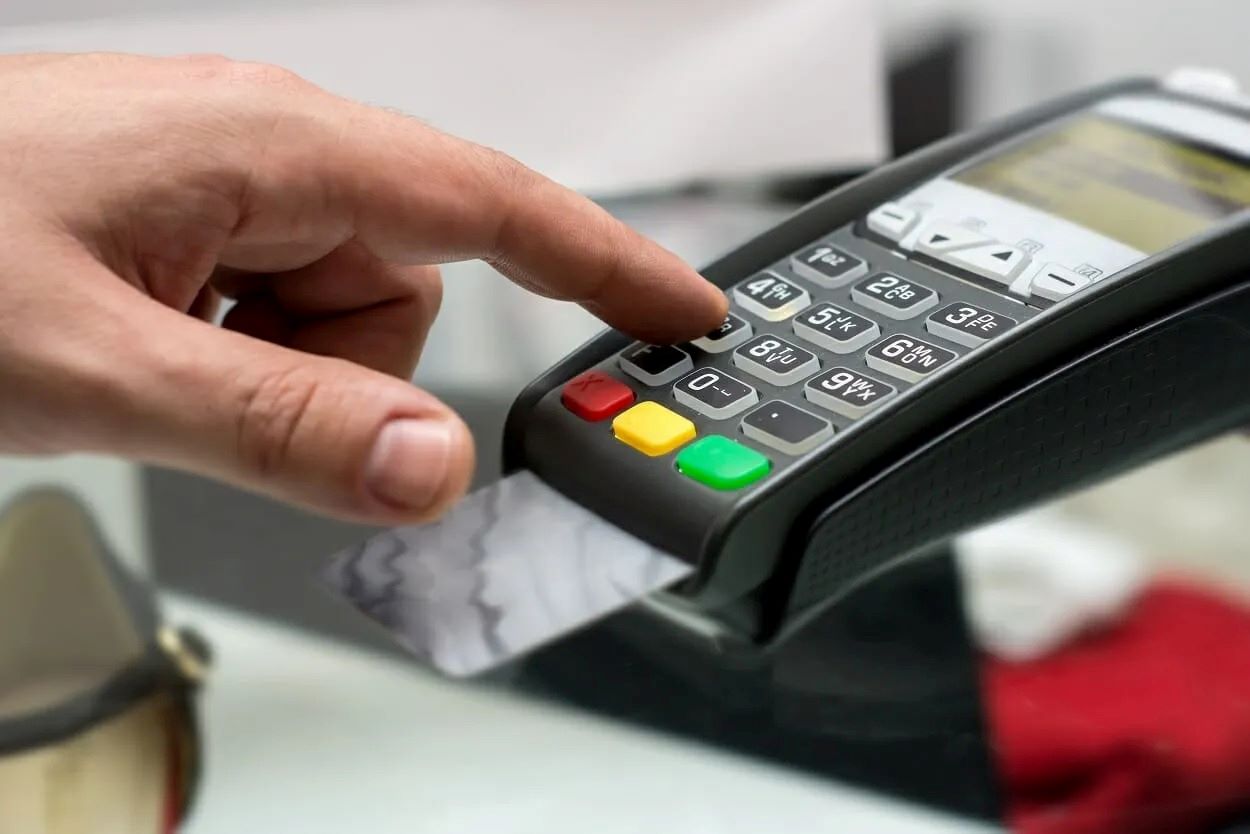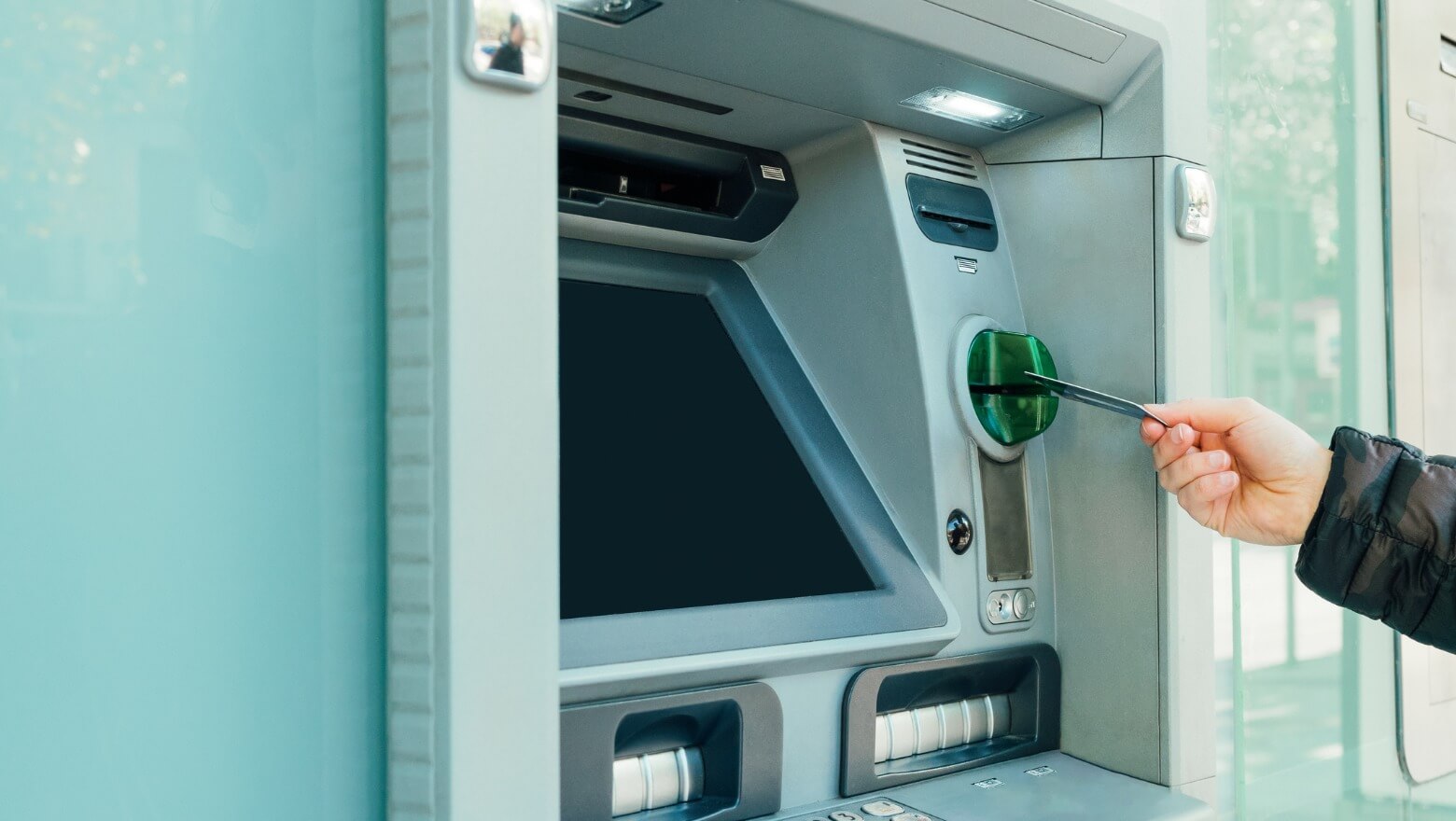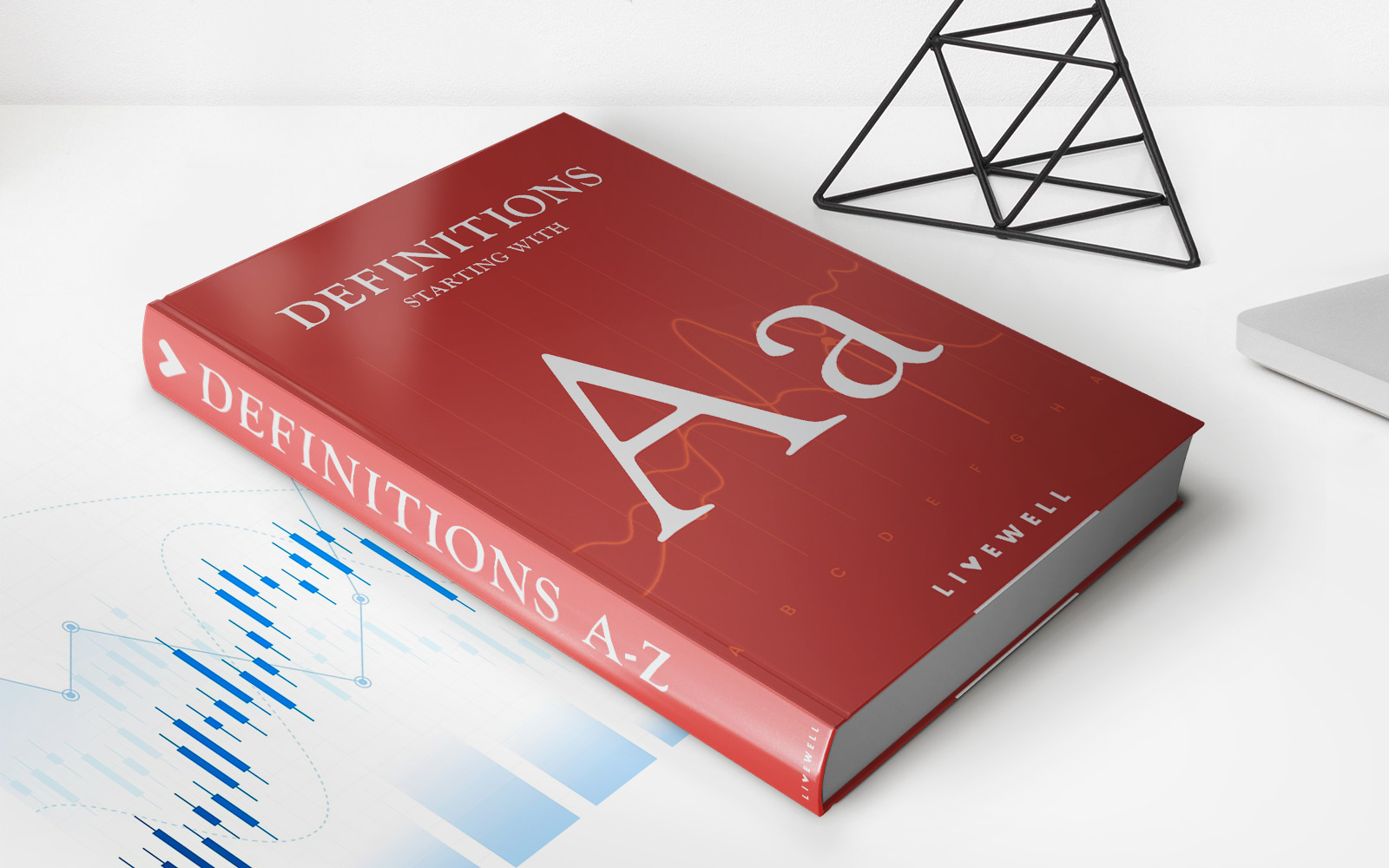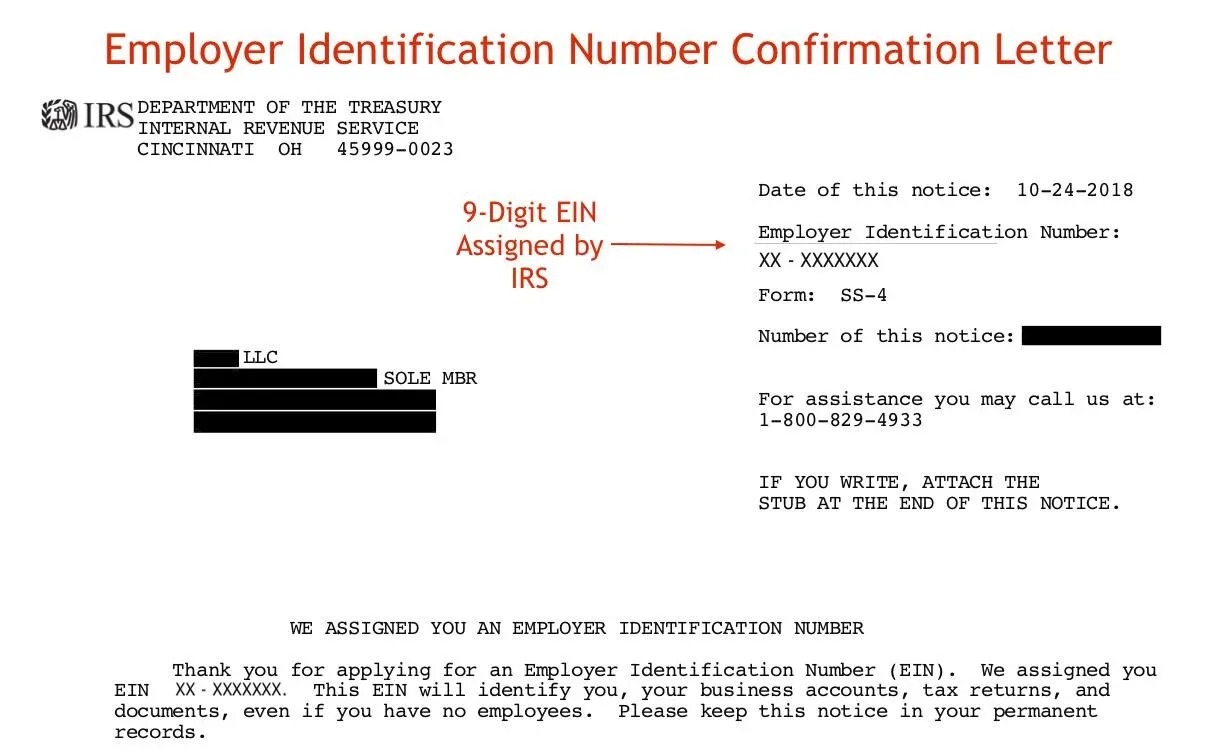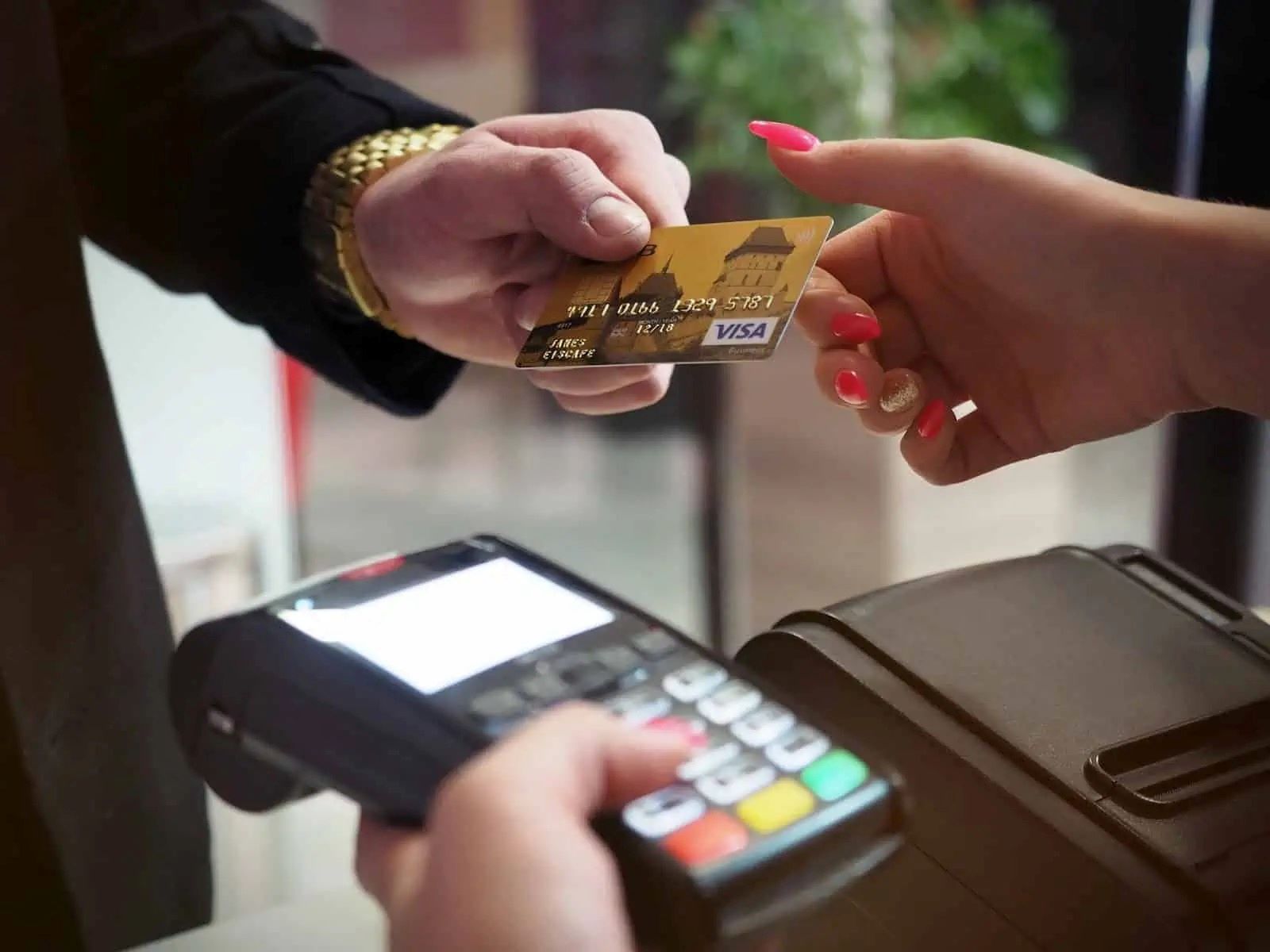

Finance
What Is ATM Credit
Published: January 12, 2024
Learn what ATM credit is and how it works in the world of finance. Discover the benefits and potential risks of using ATM credit for your financial needs.
(Many of the links in this article redirect to a specific reviewed product. Your purchase of these products through affiliate links helps to generate commission for LiveWell, at no extra cost. Learn more)
Table of Contents
Introduction
In today’s fast-paced digital age, convenience and accessibility are key factors when it comes to managing finances. One of the most widely used financial tools that provide both is the ATM (Automated Teller Machine).
ATMs have become an integral part of our lives, allowing us to conveniently withdraw cash, check account balances, and even deposit funds at any time of the day or night. But did you know that ATMs also offer a credit option? Known as ATM credit, this feature is gaining popularity among individuals looking for quick and hassle-free access to funds.
So, what exactly is ATM credit? In simple terms, it is a type of loan that allows you to borrow money from your bank or financial institution through an ATM machine. Instead of withdrawing funds from your account, you get a credit advance that needs to be repaid later.
This innovative financial feature provides consumers with instant cash on the spot, eliminating the need to visit a bank and go through lengthy loan application procedures. Whether you need emergency funds or simply want to make a purchase, ATM credit offers a convenient solution.
Now that you understand the basic concept of ATM credit, let’s dive deeper into how it works, its benefits and drawbacks, as well as the security measures put in place to protect your financial information.
Definition of ATM Credit
ATM credit is a financial service provided by banks and financial institutions that allows individuals to access funds through an ATM machine in the form of a credit advance. It works similarly to a traditional cash withdrawal, except that instead of deducting the amount from your account balance, the bank extends credit to you.
This means that when you use ATM credit, you are essentially borrowing money from your bank or financial institution. The borrowed amount is added to your credit card or account balance, depending on the terms and conditions set by your bank. You can then use the funds for various purposes, such as making purchases, paying bills, or covering unexpected expenses.
It’s important to note that ATM credit is not the same as a traditional loan or line of credit. Unlike a loan, where you receive a lump sum of money and repay it over time with interest, ATM credit provides you with immediate access to funds. The repayment is usually made within a specific timeframe, often within a few weeks, and may incur interest charges or fees.
ATM credit is typically associated with debit or credit cards issued by the bank. Cardholders can use their cards at compatible ATMs to access the credit feature. However, it’s essential to check with your bank or financial institution about the availability of ATM credit and any specific requirements or limitations.
Now that we have a clear understanding of what ATM credit is, let’s delve into how it works and how it can benefit individuals seeking quick access to funds.
How ATM Credit Works
ATM credit works by providing individuals with the ability to borrow money from their bank or financial institution through an ATM machine. Here’s a step-by-step explanation of how the process typically works:
- Card Authorization: To access ATM credit, you need to have a debit or credit card associated with your bank account. When you insert your card into the ATM machine, it verifies your identity and authorizes your access to the credit feature.
- Selecting the Credit Option: Once your card is accepted, the ATM will present you with various options, including the choice between withdrawing cash or using the credit feature. Select the credit option to proceed.
- Entering the Amount: After selecting the credit option, you will be prompted to enter the amount of credit you wish to borrow. Keep in mind that the maximum credit limit will depend on your bank’s policies and your creditworthiness.
- Verification and Approval: The ATM will then communicate with your bank to verify your available credit and determine if you meet the criteria for borrowing. Once approved, the ATM will dispense the requested credit amount in the form of cash or, in some cases, directly transfer it to your account.
- Repayment: The borrowed credit is typically due within a specific timeframe, which can vary depending on the bank’s terms. The repayment includes both the principal amount and any applicable interest or fees. It’s crucial to review the terms and conditions provided by your bank to understand the repayment requirements.
It’s important to note that ATM credit usage may be subject to certain limitations, such as daily withdrawal limits or maximum credit caps. These limitations are put in place by the bank to manage risk and ensure responsible borrowing practices.
Now that you know how ATM credit works, let’s explore the benefits it offers to individuals seeking quick access to funds.
Benefits of ATM Credit
ATM credit offers several benefits to individuals looking for quick access to funds. Here are some of the main advantages of using ATM credit:
- Convenience: One of the primary benefits of ATM credit is its convenience. Instead of going through traditional loan application procedures that can be time-consuming and require extensive documentation, you can access credit instantly through an ATM machine. This makes it ideal for emergency situations or when you need funds on the go.
- Immediate Access to Funds: With ATM credit, you don’t have to wait for loan approval or processing. Once the credit request is approved, you can immediately access the funds you need. This can be especially beneficial when you need to make a time-sensitive purchase or cover unexpected expenses.
- No Need for Collateral: Unlike some traditional loans that may require collateral, ATM credit typically does not require any collateral. This means you can borrow funds without having to provide valuable assets as security.
- Flexibility in Usage: ATM credit provides you with the flexibility to use the borrowed funds as per your needs. Whether you need cash for daily expenses or want to make a purchase, you can use the credit as you see fit.
- Builds Credit History: Responsible and timely repayment of ATM credit can help you build a positive credit history. This can be advantageous when applying for other forms of credit, such as loans or credit cards, in the future.
- Availability: Since ATMs are widely available, accessing ATM credit is more convenient compared to visiting a physical bank branch or applying for a loan. Whether you’re in your neighborhood or traveling abroad, ATM credit is accessible as long as there is a compatible ATM machine.
However, it’s essential to keep in mind that while ATM credit offers these benefits, there are also some drawbacks and considerations to be aware of. Let’s explore them in the next section.
Drawbacks of ATM Credit
While ATM credit has its advantages, it’s important to consider the potential drawbacks before utilizing this financial service. Here are some of the main drawbacks of ATM credit:
- Higher Interest Rates: ATM credit often comes with higher interest rates compared to other forms of credit, such as personal loans or credit cards. This means that if you don’t repay the borrowed credit within the specified timeframe, you may end up paying significantly more in interest charges.
- Short Repayment Period: In most cases, the repayment period for ATM credit is relatively short, often within a few weeks. This short timeframe can put pressure on borrowers to repay the credit promptly, potentially affecting their cash flow and budget management.
- Limited Credit Limits: The credit limits offered through ATM credit may be lower compared to other forms of credit. This means that if you need a significant amount of money, ATM credit may not be sufficient to meet your needs.
- Transaction Fees: Some banks may charge transaction fees for utilizing the ATM credit feature. These fees can vary and may add to the overall cost of borrowing. It is important to carefully review the fee structure provided by your bank before using ATM credit.
- Impact on Credit Score: Failure to repay ATM credit on time may negatively impact your credit score. Late payments or defaulting on the credit can have long-term consequences and make it more challenging to access credit in the future.
- Limited Availability: While ATMs are widespread, not all ATMs offer the credit feature. This means that finding an ATM that supports ATM credit when you need it can be challenging, depending on your location.
Considering these drawbacks, it’s important to carefully evaluate your financial situation and determine if the benefits of ATM credit outweigh the potential disadvantages.
Now that we have examined the benefits and drawbacks of ATM credit, let’s move on to the security measures put in place to safeguard your financial information.
Security Measures for ATM Credit
Protecting your financial information and ensuring the security of ATM credit transactions is crucial. Banks and financial institutions implement several security measures to safeguard your personal and financial data. Here are some of the main security measures in place for ATM credit:
- PIN (Personal Identification Number): To access ATM credit, you need to enter your unique PIN. This serves as a secure authentication method and helps prevent unauthorized access to your account.
- Card Chip Technology: Many debit and credit cards now come equipped with EMV (Europay, Mastercard, and Visa) chip technology. These chips provide enhanced security and protection against counterfeit card fraud.
- Encryption: The data transmitted during ATM credit transactions is encrypted, making it difficult for unauthorized individuals to intercept or access your sensitive information.
- Physical Security Measures: ATM machines are equipped with physical security features, such as surveillance cameras, to deter and detect fraudulent activities. Regular maintenance and inspections also help ensure the integrity of the machines.
- Transaction Monitoring: Banks and financial institutions employ sophisticated monitoring systems to detect and prevent suspicious transactions. Unusual patterns or suspicious activity can trigger alerts and prompt further investigation.
- Two-Factor Authentication: Some banks may offer additional security measures, such as two-factor authentication, to further enhance the security of ATM credit transactions. This may involve a verification code sent to your registered mobile number or email address.
- Customer Education: Banks and financial institutions educate customers about safe ATM usage and security best practices. This includes advising customers to keep their PIN confidential, regularly review account statements, and report any suspicious activity promptly.
Despite these security measures, it’s important for individuals to exercise caution and be vigilant when using ATM credit. This includes being aware of your surroundings, covering the keypad when entering your PIN, and promptly reporting any lost or stolen cards.
Now that we have explored the security measures implemented for ATM credit, let’s compare it with other forms of credit.
Comparison of ATM Credit with Other Forms of Credit
ATM credit offers a unique and convenient way to access funds, but how does it compare to other forms of credit? Let’s compare ATM credit with other popular credit options:
- Personal Loans: Personal loans are typically used for larger expenses and have longer repayment periods. They often require a formal application process, credit checks, and the approval of the lender. Personal loans may offer lower interest rates compared to ATM credit, but the application process can be more time-consuming.
- Credit Cards: Credit cards provide a revolving line of credit that can be used for various purchases. Unlike ATM credit, credit cards allow you to make purchases directly rather than withdrawing cash. Credit cards offer the convenience of deferred payments and rewards programs, but they may come with higher interest rates and potential fees for cash advances and balance transfers.
- Payday Loans: Payday loans are short-term loans designed to provide immediate cash for unexpected expenses. They typically have high interest rates and require repayment by the borrower’s next paycheck. ATM credit may offer a more flexible repayment period compared to payday loans, but it’s important to carefully consider the costs associated with both options.
- Line of Credit: A line of credit is a pre-approved credit limit that individuals can access as needed. It operates more like a revolving account, allowing for multiple withdrawals and repayments. Lines of credit may have lower interest rates compared to ATM credit, but they often require a formal application process and credit checks.
- Overdraft Protection: Overdraft protection is a feature offered by banks that allows you to overdraw on your account to cover transactions when you don’t have sufficient funds. It can serve as a short-term credit option, but it may come with fees and high interest rates for the overdrafted amount.
When comparing ATM credit to these other forms of credit, it’s essential to consider factors such as interest rates, repayment terms, fees, and eligibility requirements. Each option has its own advantages and disadvantages, and the best choice depends on your specific financial needs and circumstances.
Now that we have examined the comparison of ATM credit with other forms of credit, let’s conclude our discussion.
Conclusion
ATM credit provides individuals with a convenient and immediate way to access funds when needed. It offers several benefits, such as convenience, instant access to funds, and flexibility in usage. However, it’s important to carefully consider the potential drawbacks, including higher interest rates, short repayment periods, and potential transaction fees.
In terms of security, ATM credit transactions are safeguarded through various measures, such as PIN authentication, encryption, and physical security features. However, it is still important for individuals to remain vigilant and follow best practices to protect their financial information.
When comparing ATM credit with other forms of credit, such as personal loans, credit cards, payday loans, and lines of credit, it’s crucial to consider factors like interest rates, repayment terms, fees, and eligibility requirements. Each option has its own advantages and disadvantages, and the choice depends on individual financial needs and circumstances.
Overall, ATM credit is a valuable financial tool that provides quick access to funds. It is particularly useful in emergency situations or when immediate cash is needed. However, it’s important to borrow responsibly, repay the credit on time, and carefully review the terms and conditions provided by your bank or financial institution.
Whether you choose to use ATM credit or opt for another form of credit, remember to stay informed, make responsible financial decisions, and prioritize your financial well-being.




